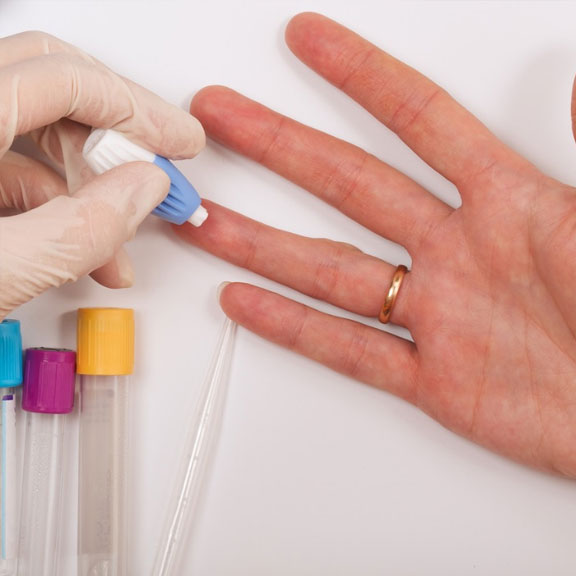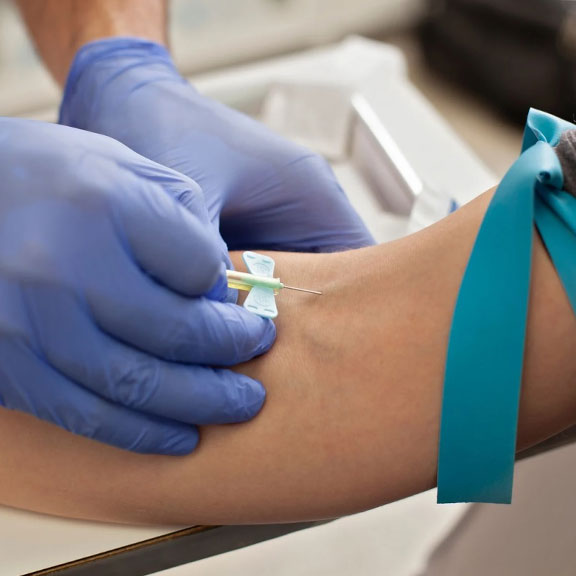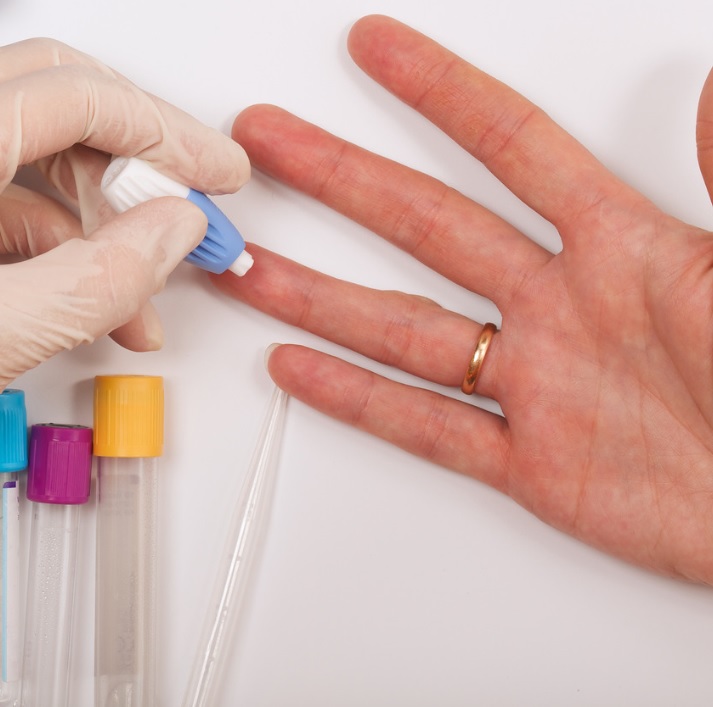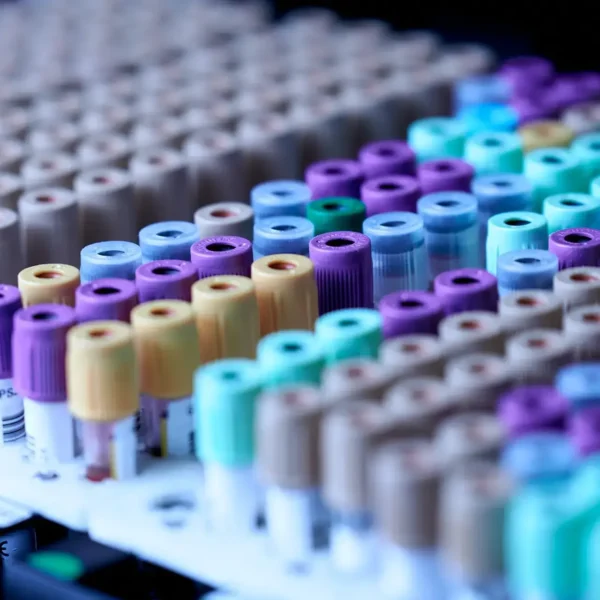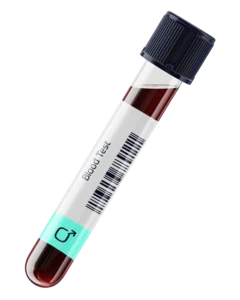Description
Begin Your TRT Journey with Confidence
Starting testosterone replacement therapy (TRT) begins with the right testing. This blood test is the first essential step. According to UK medical guidelines, patients must show two separate low testosterone readings to be eligible for treatment.
As a result, this initial screening provides the first required result. It offers a clear look at your current testosterone levels and helps determine if you may qualify for TRT.
What Happens Next?
If your testosterone levels fall within the low range, you may be eligible to move forward to Blood Test 2. This next test is more in-depth and includes a broader panel of hormonal markers. It’s a regulatory requirement for beginning safe and effective TRT. We follow clinical best practices based on BSSM guidelines for the management of testosterone deficiency.
Furthermore, it helps your clinician understand the full picture of your hormonal health, allowing for a tailored treatment plan that suits your specific needs.
What Biomarkers Does This Test Check?
This test measures the following key hormones related to male health and testosterone production:
- Total Testosterone
- Free Testosterone
- Albumin
- SHBG (Sex Hormone Binding Globulin)
These biomarkers show how much testosterone is in your bloodstream, how much is freely available for use, and how your body binds and transports hormones.
In addition, understanding these levels helps identify potential imbalances that may be contributing to low energy, reduced libido, or other symptoms of testosterone deficiency.
Testing Guidance
To ensure accurate and reliable test results, please follow these step by step guidelines.
Take your time – collecting a sample requires patience, but most people manage without difficulty.
Stay hydrated – drink a large glass of water at least 30 minutes before taking your sample.
Warm your hands – a warm shower, hot drink, or holding a hot water bottle can improve blood flow.
Move around – light exercise before collection can help stimulate circulation.
Stand while collecting – if possible, remain standing as this can make the process easier.
Ask for assistance – if you’re feeling uncertain, someone else may be able to help.
Flexible Sample Collection Options
You can choose how you’d like to complete your blood test. The standard method is a finger prick test that you can easily complete at home.
However, if you prefer a professional approach, you can opt for a venous blood draw. This involves having a qualified nurse collect your sample either at a clinic or during a home visit. This flexibility ensures the process fits around your lifestyle.
Quick and Reliable Results
Your test results are typically available within 48 to 72 hours after the lab receives your sample.
Once we receive the results, we will promptly guide you through the next steps of your personalised TRT treatment journey. This ensures a smooth transition to the next phase of care, if you are eligible.
Learn More About TRT
Want to understand how the full TRT process works?


